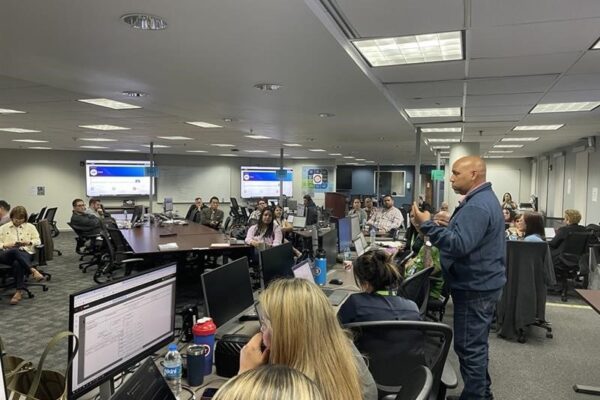Your Emergency Plan Isn’t Ready Until It’s Tested
When a crisis hits, your Emergency Operations Plan (EOP) should do more than exist—it should perform. When the lights go out, the plan should already be in motion.
In the utility sector, emergencies don’t wait for perfect conditions. Whether it’s a hurricane, cyberattack, or supply chain disruption, electric companies must be ready to respond with precision and speed. That’s where the Emergency Operations Plan (EOP) comes in—not as a dusty binder on a shelf, but as a living, breathing framework for action.
Guideline No. 7 from the Emergency Management Leadership Council (EMLC) outlines how electric utilities can build EOPs that are clear, adaptable, and operationally effective. Based on peer insights across North America, the guidance emphasizes:
- Collaborative development with cross-functional ownership
- Modular structure for all-hazards adaptability
- Alignment with ICS and regulatory standards
- Integration with training and improvement cycles
A strong EOP connects your business continuity, disaster recovery, and hazard-specific playbooks into one cohesive framework. It’s not just a document—it’s your frontline strategy.
Council members can read Guideline No. 7 in its entirety here.
Learn more about the Council by contacting Tim Herrick.
You may also like these blog posts:
- August 2025: The First Emergency Management Awareness Month — Why Utilities Should Take Notice
- Four Key Components of a Successful Emergency Management Training Program
- Key Components for Conducting Successful Hot Washes
Related CURI Research Center research:





